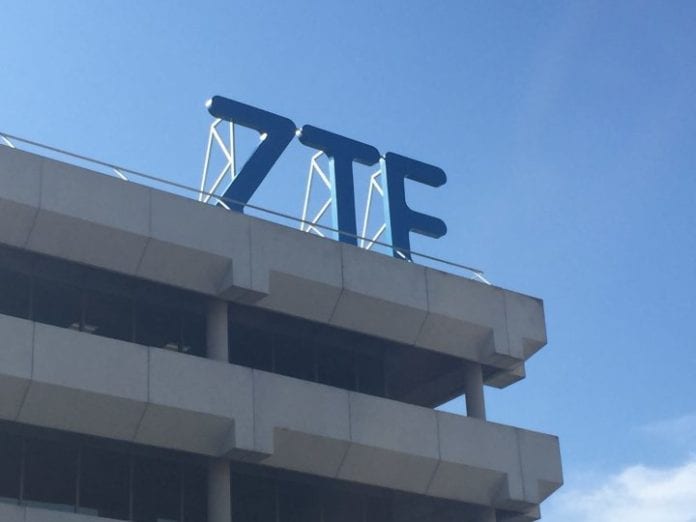On the road to 5G, the Chinese vendor looks to carry out new trials of massive MIMO technology next year.
TOKYO – ZTE is in talks with Japanese mobile operators to carry out trials of massive multiple-input/multiple-output antenna technology next year, according to Leo Chao, ZTE Japan’s network system division VP, though despite ongoing talks, there is not yet a timeline for trials.
ZTE said it’s currently involved in a massive MIMO technology trial project being carried out by local mobile operator SoftBank, with the vendor currently focusing on both TD-LTE and FDD-LTE technologies. SoftBank has already launched commercial services through massive MIMO technology in September 2016.
“Next year, we are expecting to continue working for the development of massive MIMO with FDD-LTE and to provide this solution to our customers,” Chao said during a press conference this week. “Besides massive MIMO we are also working on other technologies such as 256 [quadrature amplitude modulation], [distributed] MIMO and ultra dense network. We usually propose to our customers these new solutions and technologies.”
Commenting on the current status of D-MIMO technology, the executive said the technology is still under development and that ZTE plans some trials in the short term.
The vendor is also in talks with a Japanese operator to carry out joint work on “5G” technologies, with Chao stating “we believe that 5G will be a good opportunity for us in one or two year not only in China and Japan but in other markets globally.”
ZTE Japan President Li Ming said the vendor has been growing at annual rates of 50% over the last two years in Japan and the outlook for this year is to maintain a similar growth level.
“Our infrastructure business currently represents nearly half of our overall revenues in the Japanese market,” Li said. “We are experiencing a very robust growth in the infrastructure segment, mainly in the TD-LTE technology.”
For its handset business, ZTE expects to reach 10% market share in the Japanese “SIM-free” market countries next year, with Li noting its main growth driver was a partnership signed earlier this year with local carrier NTT DoCoMo. The executive added that sales through channels currently account for nearly 8% of total handset sales.
In Japan, ZTE currently employs nearly 200 people, with an even split between its infrastructure and handset business. In July, ZTE Japan launched a research and development center and is currently looking to hire staff for the new facility.
“We aim to recruit nearly 100 new professionals for this new facility, who will focus on the improvement of networks and solutions,” Li added.

